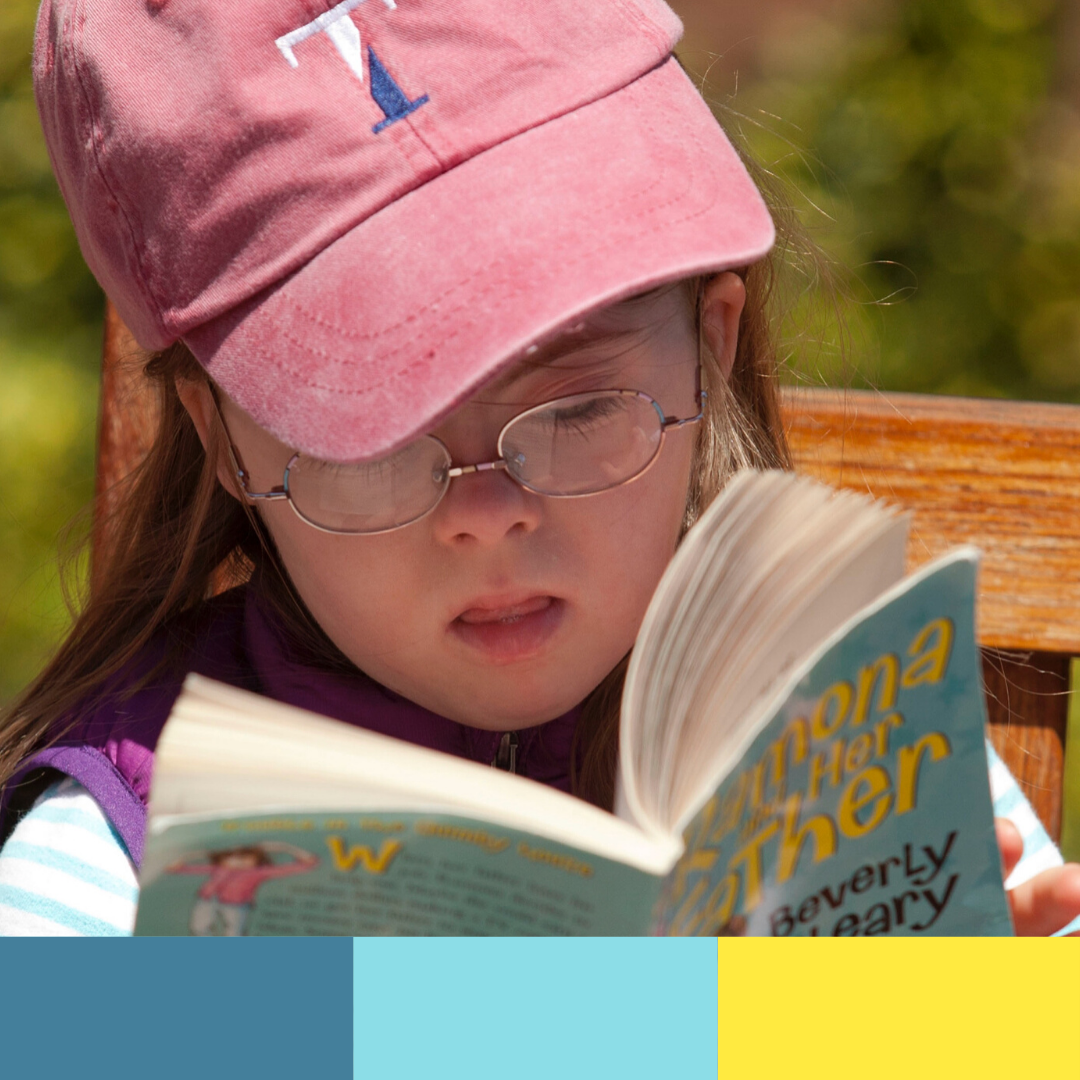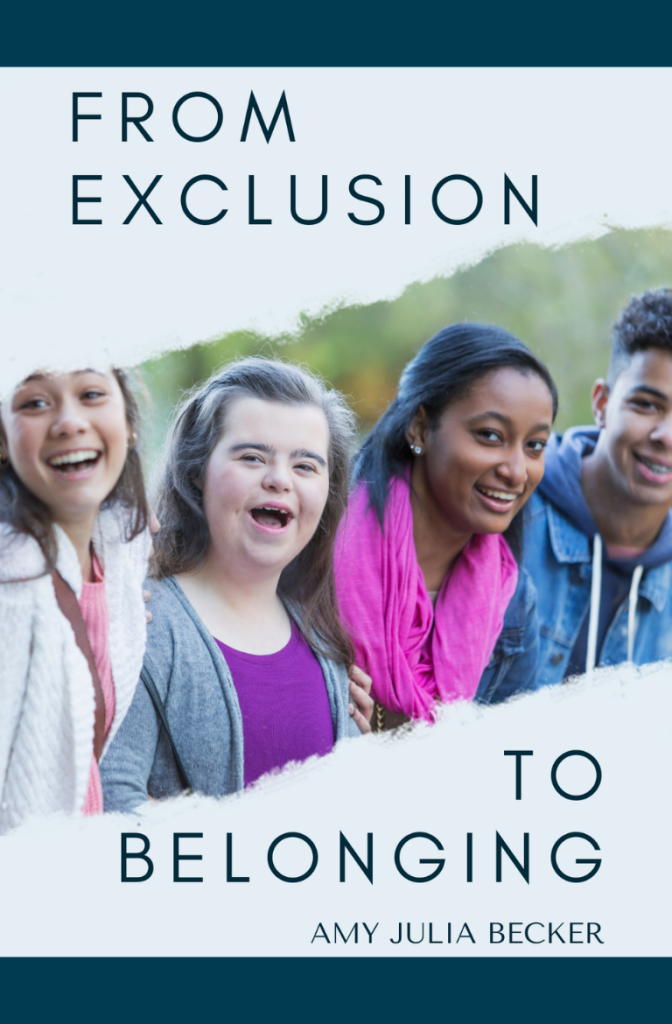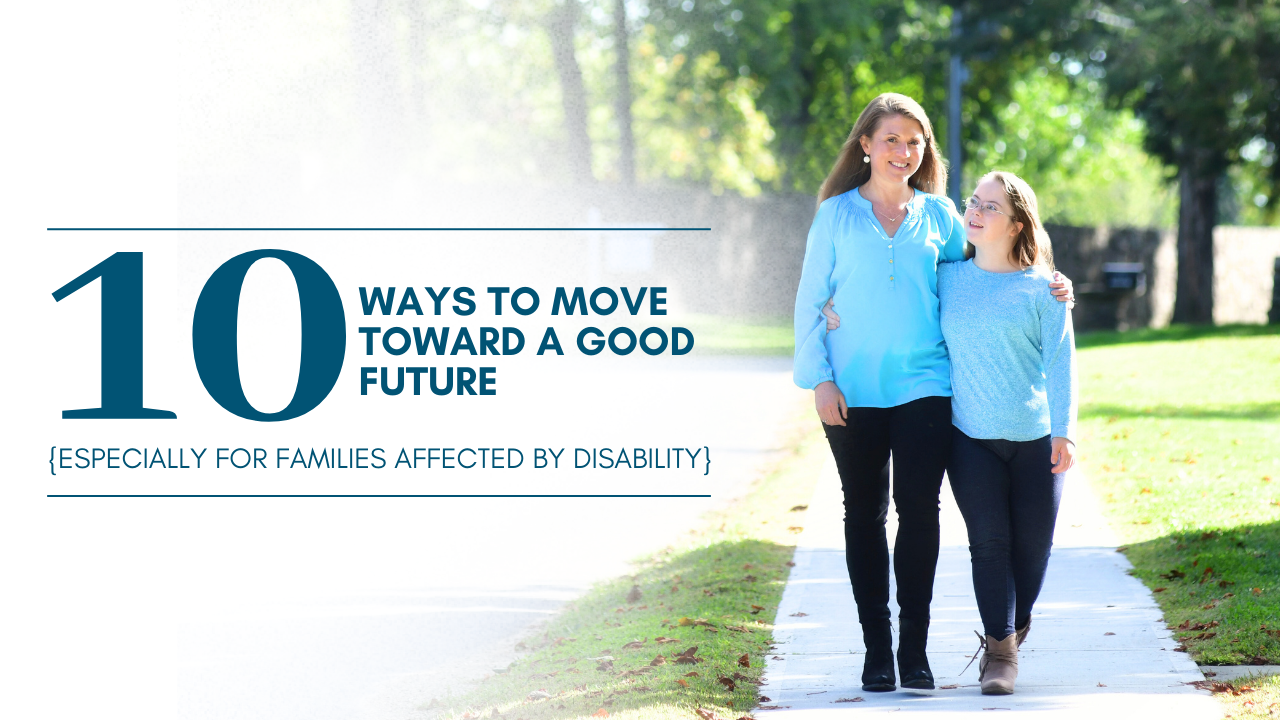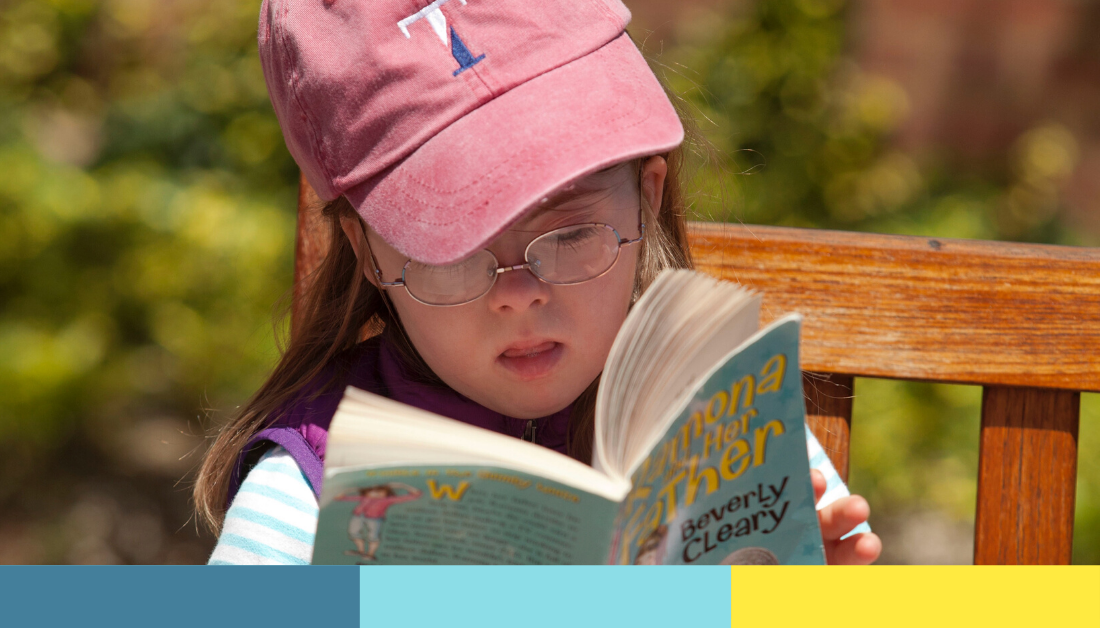
Teaching your child with Down Syndrome to read is an opportunity for you to welcome your child into reading with love. Here’s a glimpse of our family’s invitation into reading.
Penny is 14 now, and very reticent to have me tell any stories about her in this public space. And I very much respect those wishes! But I recently received a question on Facebook about how Penny learned to read way back when she was little, and I thought it might be helpful to share some thoughts about how she learned to read all those years ago. (She approves of me sharing about when she was younger!)
In our culture, we tend to treat reading as a skill to be acquired. At its core, however, I believe reading is an opportunity to love our kids and invite them into love.
Hours of Practice
Penny has enjoyed books since she was really young (like her mother).
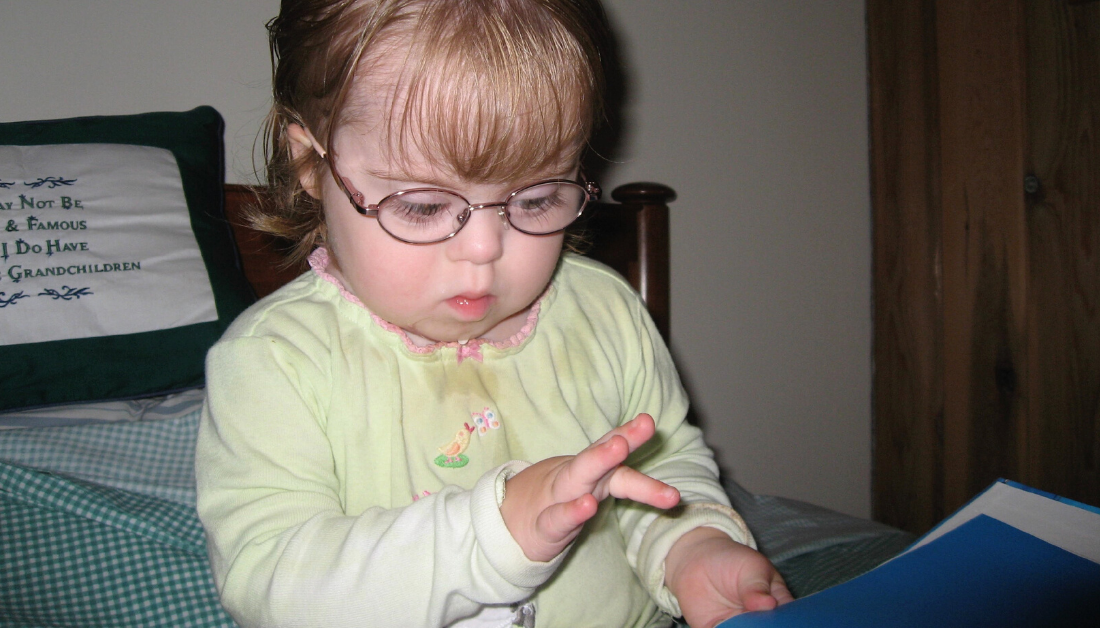 Decoding (being able to understand what word the letters on the page stand for) came more naturally for her than expected. She spent hours and hours as a little girl, flipping the pages of picture books, memorizing the words that went with those pages, and then learning how to pair her own knowledge of those sounds and symbols together.
Decoding (being able to understand what word the letters on the page stand for) came more naturally for her than expected. She spent hours and hours as a little girl, flipping the pages of picture books, memorizing the words that went with those pages, and then learning how to pair her own knowledge of those sounds and symbols together.
I say it came “naturally,” though that really means it came with hours and hours and hours of practice—sitting next to one of us while we read out loud to her, flipping on her own.
Reading Comprehension
The next step for readers is to comprehend what they are reading. This was harder for Penny. In general, kids with Down syndrome have a harder time understanding abstract concepts, including the unspoken social messages people send to each other—in stories and in real life—all the time. Penny’s decoding skills remained strong, but we began to include goals in her Individualized Education Plan that involved understanding inferences and being able to put stories into her own words.
Still, that early foundation of confidence and fluency while reading continued, and she finds great comfort in snuggling up with a book and reading. Now she reads a lot of graphic novels and a lot of series about middle school girls encountering typical middle school girl social situations. But I’m not going to say too much about that in light of the aforementioned desire to protect her privacy!
Teaching Your Child
I’ve written before with ideas about how to help your kids love reading, and I know that every child is different. (In our family, for instance, Marilee was the opposite of Penny—comprehension came easily, decoding took years.) Reading can be a tremendous challenge for kids in general and for kids with Down syndrome in particular.
Most kids won’t grow up in Penny’s particular situation, with her particular (nerdy) parents, and with her particular access and interest in books.
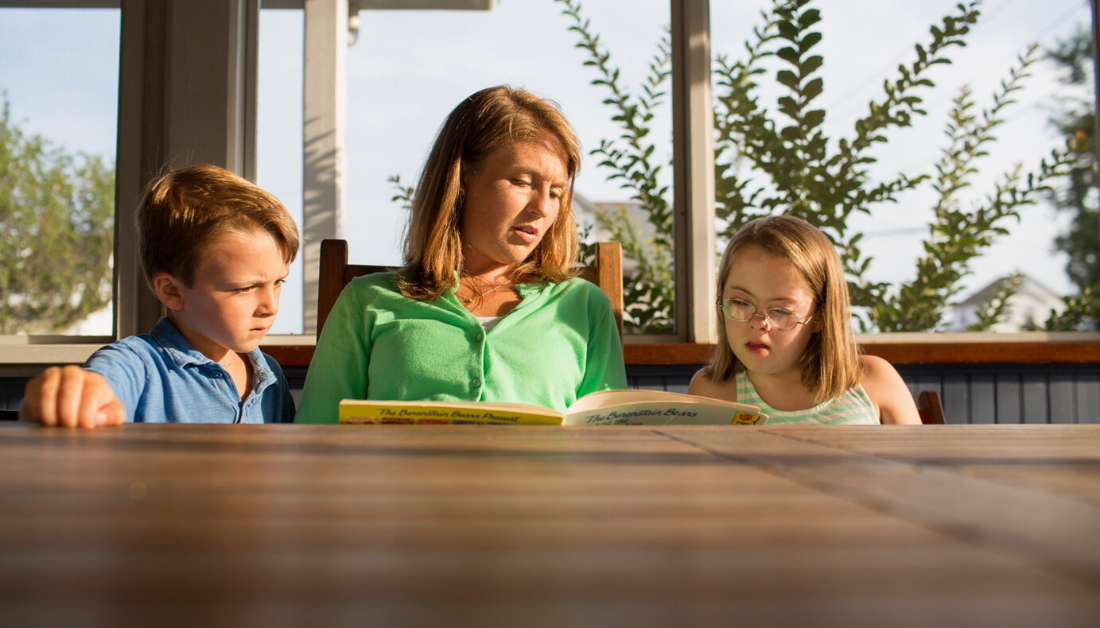
So yes, I can offer advice for teaching your child with Down Syndrome to read, such as: read a lot, provide a lot of exposure to books, go to the library, check out the resources offered by Down Syndrome Education International.
Four Tips
But before and beyond all that, I would say this to any parent who feels their child with Down syndrome is “stuck” or “behind” when it comes to reading:
One, ask for help. Ask for an evaluation. Get teachers and/or therapists to offer advice.
Two, consider what the next small step towards learning could be. What’s the next step that would challenge him/her but also build his/her confidence?
Three, focus on whatever is positive in your child’s experience of reading and build on that positive experience.
Four, consider what it would take for reading to be enjoyable. If flashcards are a fun teaching game, great. If they are tedious and serious and don’t seem to be helping, then limit the flashcards and find something more fun for both of you.
Reading is Relational
Reading, at its core, is relational, even though we often think of it as transactional. We think of reading as a skill we acquire so that we can get knowledge and produce information. But reading can also be about the relationship between a parent and child, the relationship between a child and the stories on the page. When it is seen as a relationship, reading can be a conduit of love and an invitation to love.
As parents, our job is not to produce efficient readers. We are, however, invited to introduce our children, as slowly or quickly as they need, to a world of adventures, information, emotions, and stories. We are invited to welcome them into reading with love.
If you haven’t already, please subscribe to receive regular updates and news. You can also follow me on Facebook, Instagram, and Twitter.

